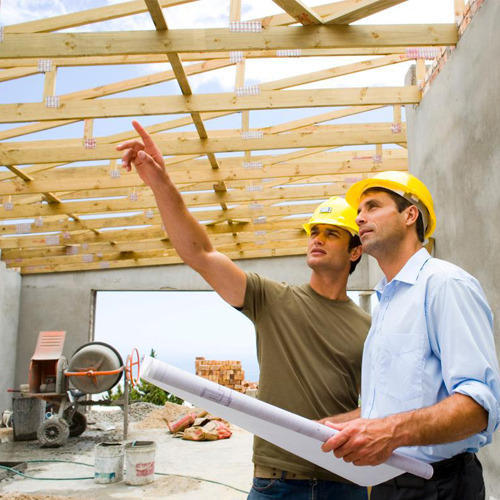Quality & Safety
Quality & Safety
Safety Concerns in Building Constructions
Safety during the construction project is also influenced in large part by decisions made during the planning and design process. Some designs or construction plans are inherently difficult and dangerous to implement, whereas other, comparable plans may considerably reduce the possibility of accidents.
Beyond these design decisions, safety largely depends upon education, vigilance, and cooperation during the construction process. Workers should be constantly alert to the possibilities of accidents and avoid taking unnecessary risks.
Construction is a relatively hazardous undertaking. There are significantly more injuries and lost workdays due to injuries or illnesses in construction than in virtually any other industry. These work-related injuries and illnesses are exceedingly costly.
Causes of Injuries in Construction
- Transportation incidents
- Exposure to harmful substances and environments
- Falls from a height
- Struck by a moving vehicle
- Struck by moving/falling object
- Trapped by something overturning/collapsing
- Drowning/asphyxiation.
Measures to Improve Safety in Construction Site
- Changing facility designs, particular structures can be safer or more hazardous to construct. For example, parapets can be designed to appropriate heights for construction worker safety, rather than the minimum height required by building codes.
- Choice of technology can also be critical in determining the safety of a job site. Safeguards built into machinery can notify operators of problems or prevent injuries.
- Materials and work process choices also influence the safety of construction. For example, the substitution of alternative materials for asbestos can reduce or eliminate the prospects of long-term illnesses such as asbestosis.
- Educating workers and managers in proper procedures and hazards can have a direct impact on Jobsite safety.
- Regular safety inspections and safety meetings have become standard practices on most job sites.
- Pre-qualification of contractors and sub-contractors with regard to safety is another important avenue for safety improvement.
- During the construction process itself, the most important safety-related measures are to ensure vigilance and cooperation on the part of managers, inspectors and workers.
- Vigilance involves considering the risks of different working practices. In also involves maintaining temporary physical safeguards such as barricades, braces, guylines, railings, toeboards and the like.
- Sets of standard practices are also important for instance hard hats, eye protection, hearing protection near loud equipment, ensuring safety shoes for workers, and providing first-aid supplies and trained personnel on site.


